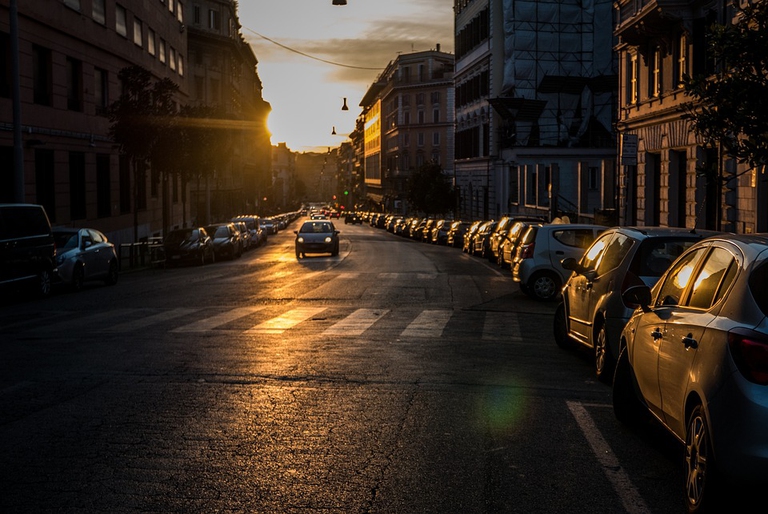https://www.lifegate.it/italiani-auto-mezzi-vecchi-inquinanti
- |
Cars remain the great passion of Italians.The rate of motorization continues to increase but not as much as the modernization of the circulating car fleet, which remains old and excessively polluting. The electric, despite its strong growth, is still not breaking through;and at the same time the local public transport risks suffering a strong contraction in demand due to the increase in the average age of the population.Between (few) lights and (many) shadows, this is the scenario outlined by the 20th Report on the mobility of Italians edited byIsfort, the Higher Institute of Training and Research for Transport.

The rate of motorization continues to rise
In the face of a general decline in travel of 11.7 percent compared to 2002, last year for the first time the number of cars circulating on our roads broke through the wall of 40 million, an increase of one percentage point compared to 2021 and 19 percent over the last 20 years.In two decades, the motorization rate Italian increased from 58.8 to 68.1 cars per 100 inhabitants:a figure 15 points higher than Spain and 10 points higher than France and Germany.The four-wheel vehicles circulating in Italy are on average old – in 60 percent of cases they are over 10 years old, compared to 40 percent in France and Germany – but they remain the preferred mode of travel.Old habits, partially interrupted by pandemic, have made a strong comeback:two out of three trips take place by car, less than two out of ten on foot and just 4 percent on a bike or through other forms of micromobility, while only 7.5 percent of Italians get on a bus to travel daily journeys.
Speaking of local public transport, buses and metro are renewing their fleets, but in the future demographic aging will also have repercussions on the school population:by 2030 the lower demand for student transport will translate into potential drops in public transport which, especially at the South, will be in double digits.More generally, public transport in Italy suffers from a significant gap with the rest of Europe in terms of transportation public investments:0.40 percent of GDP is three times lower than in Spain and four times lower than in Germany.In essence, in our country the limited additional resources for the sector, imposed by public spending constraints, are unable to defuse the vicious circle of collective mobility aimed mainly at those who have no alternatives for moving.

Electric car, growing trend but still insufficient
As for the electric mobility, The growth trend has been considerable in recent years, although in 2022 there was a partial setback linked to the reduction of incentives for purchasing.The cars ad pure electric power supply they went from just under 1,500 registrations in 2015 (0.09 percent of the market share) to over 67,000 (5.11 percent);in the same time frame, the plug-in hybrids they went from 890 registrations (0.06 percent of sales) to almost 70 thousand in (5.11 percent).The most notable leap remains that of high-performance cars hybrid power supply:from 25 thousand to 450 thousand registrations, with a market share rising from 1.6 percent to 34 percent.
Some good news concerns the charging infrastructure, which are now about to reach 22,700 traditional fuel refueling stations:at the end of 2022, just under 20 thousand stations were detected, with over 36 thousand charging points, numbers that have quadrupled in the last four years.The territorial distribution of charging stations favors the North (almost 60 percent of the points), while in the South and on the islands the incidence is 20 percent.Italians say they are ready to switch to electric cars but the main obstacle remains the same high cost:on a scale ranging from 1 to 5, the average score is 4.19.Decidedly less significant is the issue of battery autonomy.
